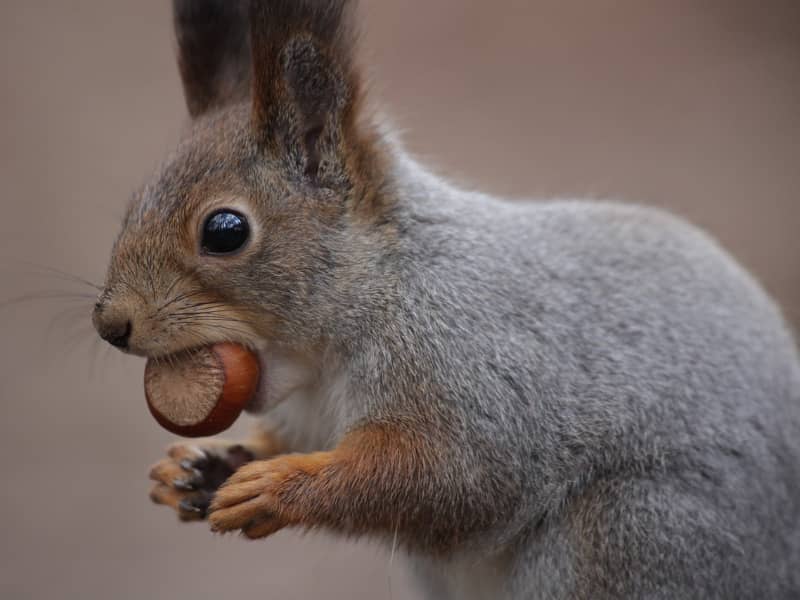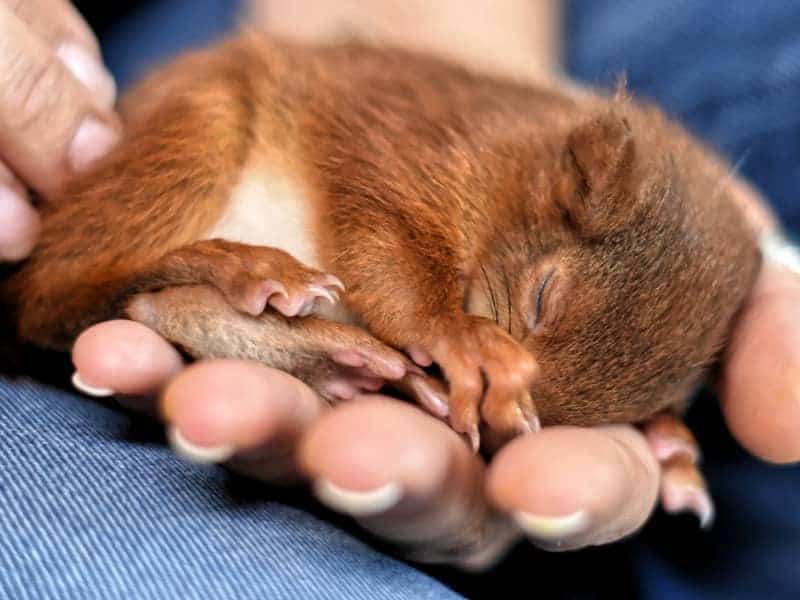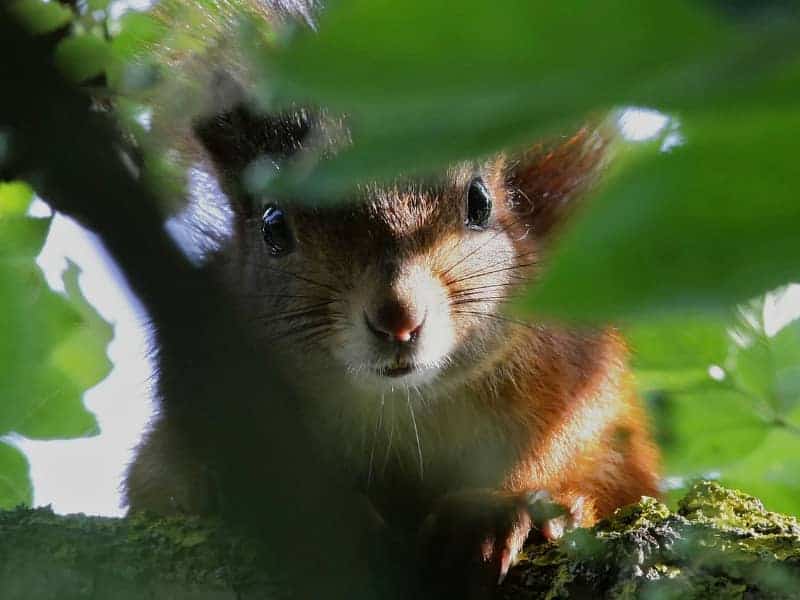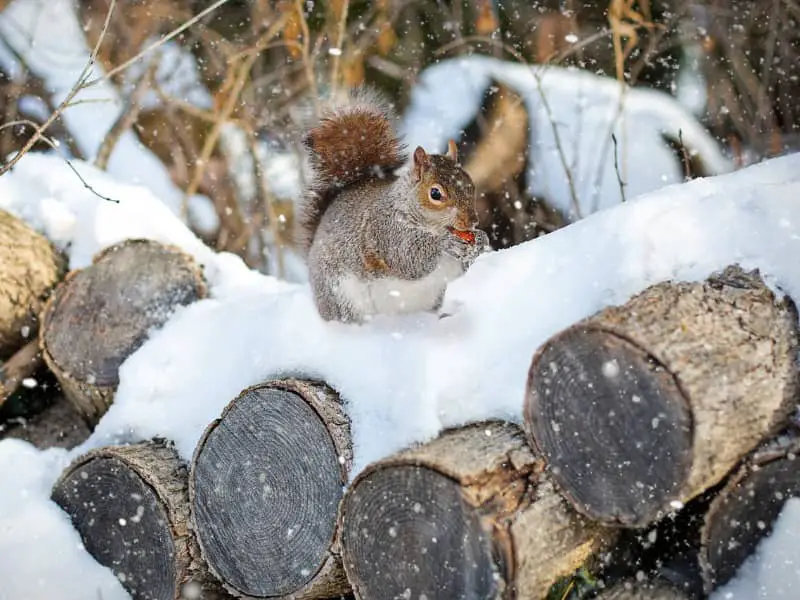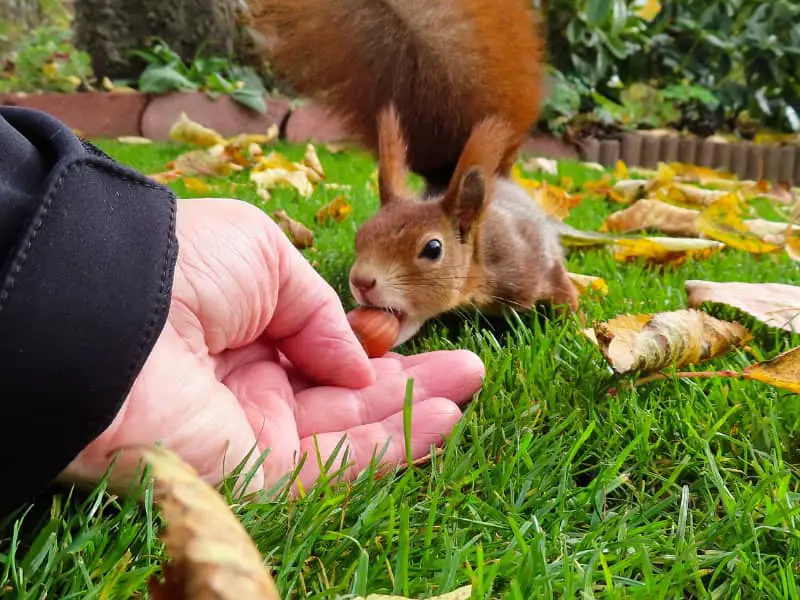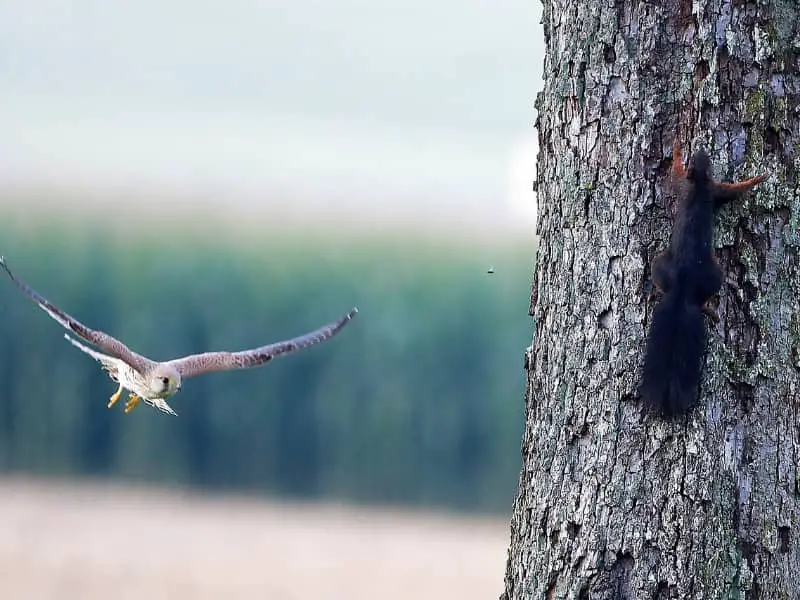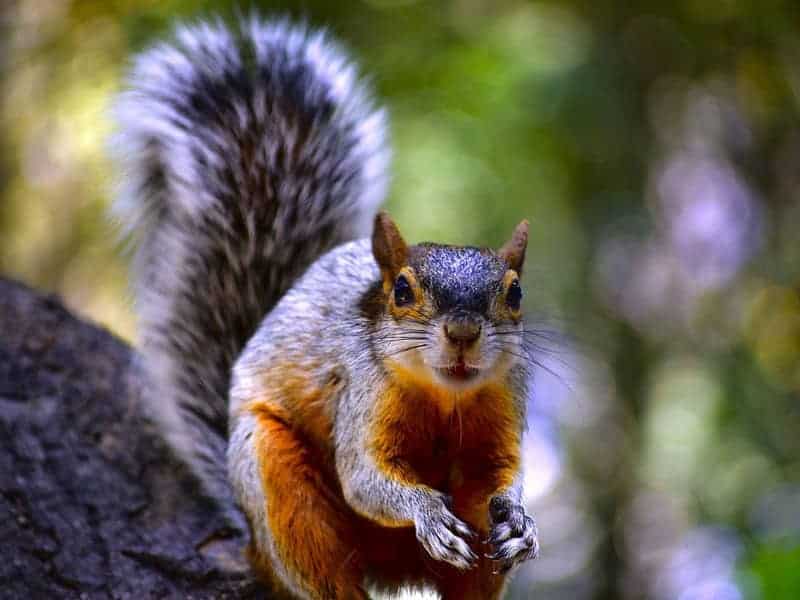
Squirrel droppings detect
Squirrel droppings in the garden belong to the rather harmless leftovers of the animals. Thanks to the small size of the droppings, they are hardly a problem and can easily be disposed of. In the following, you will learn what you may need to consider.
Squirrel droppings harmless to health
In comparison with the feces of rats, squirrel feces is not dangerous. In professional circles it is called animal droppings or feces. The droppings of the small nimble rodents are rather similar in appearance to the droppings of the hedgehog. However, it is shiny black.
Texture and appearance
Squirrel droppings are much more solid in texture than many other animals you encounter in the garden. Nevertheless, the texture is highly dependent on the rodent's diet. The squirrel's normal diet includes nuts and seeds. However, if it eats more fruits and other plant parts such as mushrooms, eggs, or smaller animals, then the texture can change significantly. It is not uncommon that you will find residues of the food in the feces. This is because squirrels do not digest their food completely.
Details of the squirrel's droppings:
- Several separate pieces
- Small and cylindrical shape
- Approx. 2 to 3 cm long
- Rather dry than moist
- Can be detected with the naked eye
- In many cases, visible food remains (flower buds, nuts, mushrooms, seeds).
Color and smell of squirrel droppings
Other important identifying features for you are both the color and the smell. With the color variations are easily possible. This is related to the eating habits of the animal. Nevertheless, the color is only an insignificant indicator for squirrel droppings. Other wild animals have similar looking droppings. You can't even tell squirrel droppings by smell.
Compared to many other wild animals, squirrels do not mark their territory with urine.
Since squirrels can be active in the garden all year round, you can't mistake their droppings for those of a hedgehog during the cold season.
- Feces is usually dark brown to black
- Does not have a perceptible odor - therefore does not interfere
- Squirrels are on the move all year round - summer and winter
- Therefore, you can also find feces all year round
Squirrel droppings under the magnifying glass
If you want to take a closer look at the feces, you should only do this from a safe distance. Even if the feces are not dangerous to health, they may contain parasites. These parasites can in turn transmit diseases.
You should never leave squirrel droppings in your garden for too long. On the one hand, there is a risk that you will step on it at some point, and on the other hand, small children in particular will put everything they find in their mouths. The latter also applies to pets.
- Never touch the feces with bare hands
- Take photos in close up
- Wear disposable gloves when disposing of feces
- Dispose of feces in household garbage - place the feces in bags and seal tightly.
Deposit location not indicative of presence
If you find squirrel droppings on the patio or balcony, it does not necessarily mean that the animals are there. The rodents are quite indiscriminate when it comes to dropping their droppings. This means they neither have a fixed place, nor do they dig it in.
Author

-
Garden animal - A life with nature
Welcome to my animal blog! My name is Dirk and I am happy to take you on my journey through the fascinating world of animals and gardening.
Born 54 years ago, I have had an insatiable curiosity for the animal world around me since childhood. Although I have moved professionally in other industries, my true passion has always been animals and nature. It is remarkable how a small garden has become such an important part of my life.
Many of my fondest memories are associated with the animals that share our home. Whether it's the curious squirrels that scurry across the trees in the morning, the colorful variety of birds that visit our feeders, or the busy bees and butterflies that pollinate our flowers, every moment with them is invaluable to me.
This blog is my contribution to share my experiences, discoveries and insights with like-minded people. Here I will share stories of unforgettable encounters with animals, give tips on gardening and creating wildlife-friendly habitats, and take you on my journeys through nature.
Thank you so much for being here!
Cordial,
Dirk aka garden animal
Last posts
- 27. February 2024PetsVeganes Hundefutter – Grün und Gesund?
- 18. January 2024ChickensOregano für Hühner
- November 27, 2023HamsterDiurnal hamsters
- November 24, 2023HamsterHamster hammock

